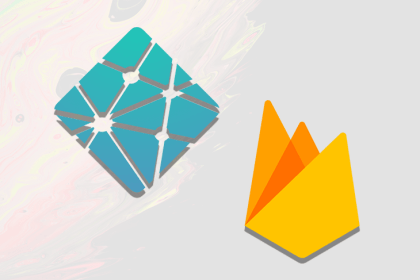
There are several tools to measure performance optimization in React, learn more about the React Profiler DevTool and the React Profiler API in this post.

Deno comes with its own file system, which can be used for any kind of file or directory manipulation. This guide breaks down the most important file system methods in Deno.

Learn about Puppeteer and Puppeteer Recorder and how to use it to scrape a web page and record automated UI tests for your project.

Elder.js is a Svelte-based SSG for Jamstack sites, particularly suited to complex, data-intensive websites that require robust SEO.

The Rust community has developed many gRPC implementations, notably the tonic and grpc crates. Both provide a full implementation of gRPC protocols.

In this guide, we will learn use cases, pros, cons, and when you should prefer one over the other. We’ll also set up and deploy a project on both Firebase and Netlify.

Learn how to use Codemod to make refactoring code and React version upgrades painless and enjoy cutting-edge updates without compromises

Ruby on Rails has a lot of pros, but it also has its fair share of cons — namely, poor performance and high CPU usage. Find out what’s so frustrating about Rails and how to improve your experience with the framework.

The much-anticipated release of Tailwind CSS v2.0 includes dark mode, new form styles, a new color palette, and more.

This tutorial shows you how to create a simple Google Keep clone using Firebase and React that allows users to write a title for their notes and input text in the body.

In this tutorial, we’ll build a Deno application that sends mail to another user using Deno’s SMTP mail client.

Learn about Chrome’s best features and find out how to apply them to optimize your experience with your browser.